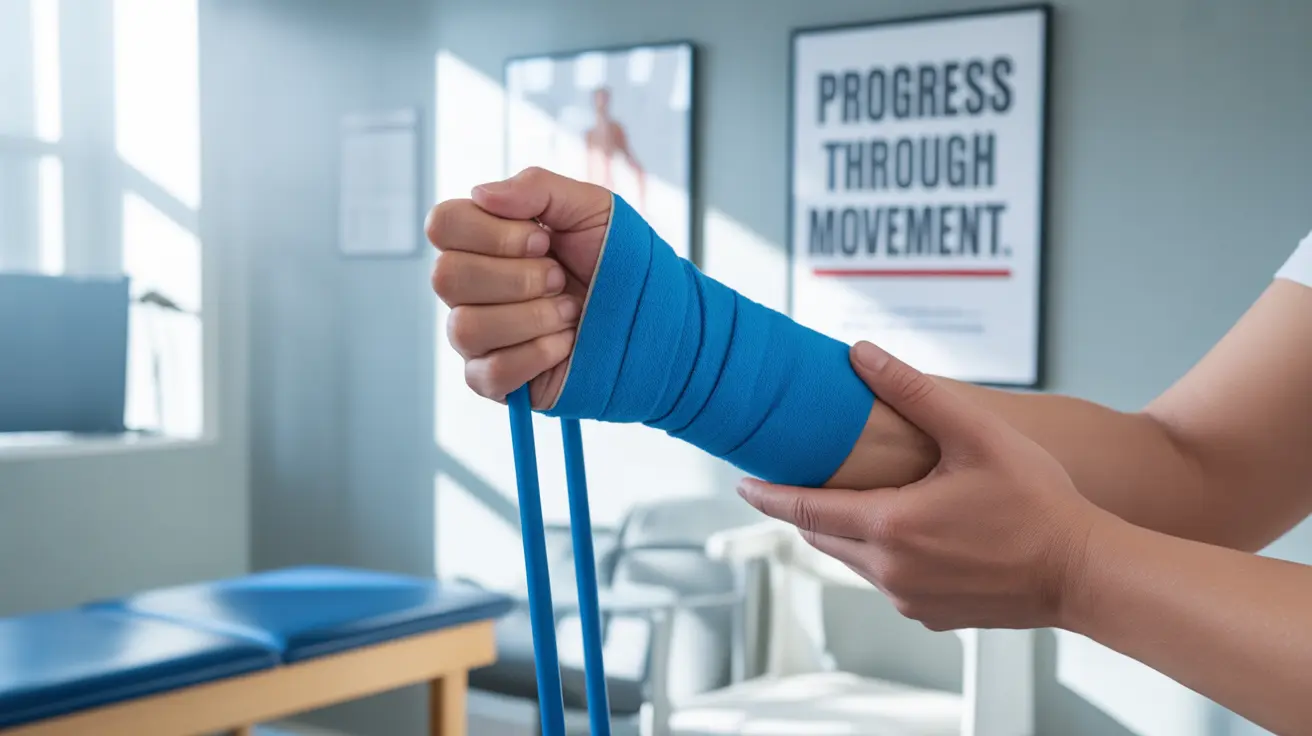Recovering from trigger finger surgery requires patience and proper care to ensure optimal healing and restored hand function. Understanding what to expect during the recovery process can help you prepare for the weeks ahead and take the necessary steps for a successful outcome.
This comprehensive guide will walk you through the typical recovery timeline, common symptoms, and essential care instructions to help you navigate your post-surgical journey effectively.
Initial Recovery Period: The First Few Days
Immediately after trigger finger surgery, you'll experience some discomfort and limited mobility in your hand. During this phase:
- Keep the surgical site clean and dry
- Follow bandage care instructions carefully
- Take prescribed pain medications as directed
- Keep your hand elevated above heart level when possible
- Apply ice packs to reduce swelling
Week-by-Week Recovery Timeline
Week 1
The first week focuses on protecting the surgical site and managing discomfort. Most patients can remove their bandage after 24-48 hours, but should maintain the surgical dressing as directed by their surgeon. Light finger movements may be encouraged to prevent stiffness.
Weeks 2-3
During this period, you'll likely notice decreased pain and improved mobility. Many patients can begin gentle exercises and stretches as recommended by their healthcare provider. Stitches are typically removed during this time if non-dissolvable ones were used.
Weeks 4-6
Most patients experience significant improvement in hand function and can gradually return to normal activities. However, heavy lifting and strenuous hand activities should still be avoided until cleared by your doctor.
Managing Post-Surgery Symptoms
Common symptoms during recovery include:
- Mild to moderate pain around the incision site
- Swelling and bruising
- Stiffness in the affected finger
- Temporary numbness or tingling
- Limited range of motion
Physical Therapy and Rehabilitation
Physical therapy plays a crucial role in recovery, typically beginning 1-2 weeks after surgery. Your therapist will guide you through:
- Gentle stretching exercises
- Range of motion activities
- Grip strengthening techniques
- Scar tissue management
- Activity modification strategies
Returning to Daily Activities
The timeline for returning to various activities varies by individual and occupation:
- Light office work: 1-2 weeks
- Driving: When safely able to grip the steering wheel (usually 1-2 weeks)
- Heavy lifting: 4-6 weeks or as advised by your surgeon
- Sports and strenuous activities: 6-8 weeks, depending on the activity
Frequently Asked Questions
How long does it typically take to recover after trigger finger surgery?
Full recovery typically takes 4-6 weeks, though some patients may need up to 8 weeks to resume all activities. Most people can return to light activities within 1-2 weeks after surgery.
What are the common symptoms and side effects during trigger finger surgery recovery?
Common symptoms include mild pain, swelling, stiffness, and temporary limitations in finger movement. These typically improve gradually over the first few weeks post-surgery.
When can I return to work and normal activities after trigger finger surgery?
Return to work timing varies based on job requirements. Office workers may return within 1-2 weeks, while those with manual labor jobs may need 4-6 weeks. Normal light activities can usually resume within 2-3 weeks.
What are the possible complications or risks associated with trigger finger surgery?
Potential complications include infection, persistent pain, scarring, temporary numbness, and in rare cases, continued triggering. Following post-operative care instructions carefully helps minimize these risks.
How can physical therapy help speed up recovery and reduce stiffness after trigger finger surgery?
Physical therapy provides structured exercises to improve range of motion, reduce stiffness, and strengthen the hand. It also helps prevent scar tissue formation and teaches proper movement patterns to prevent re-injury.




